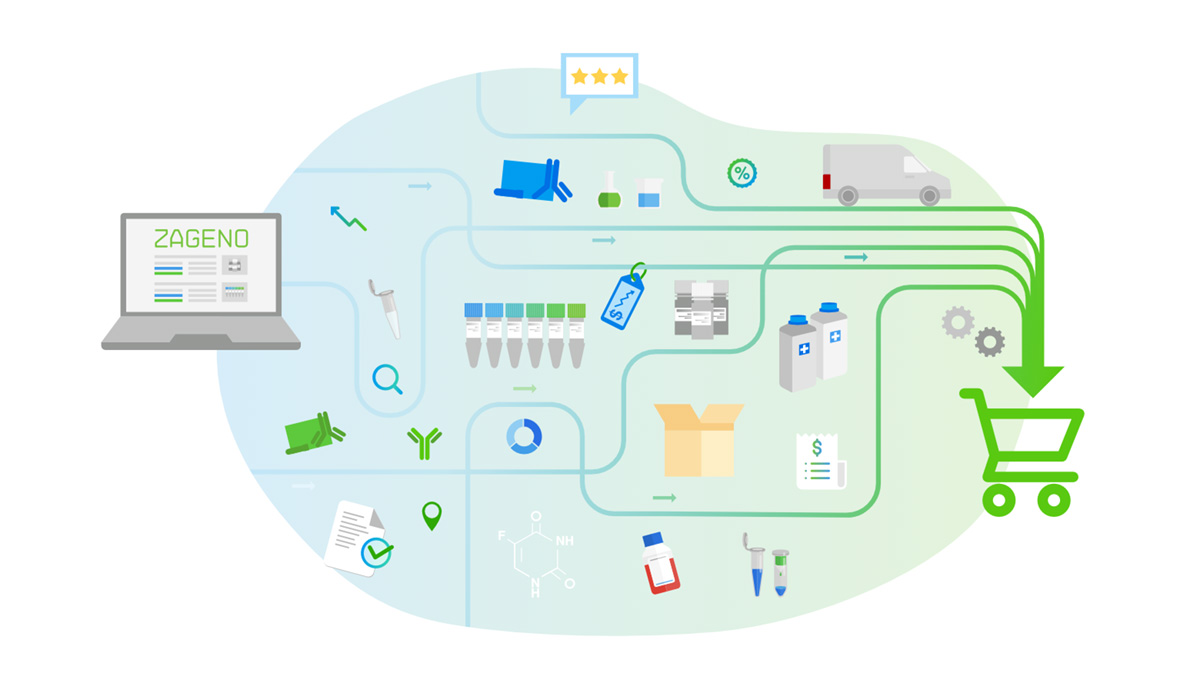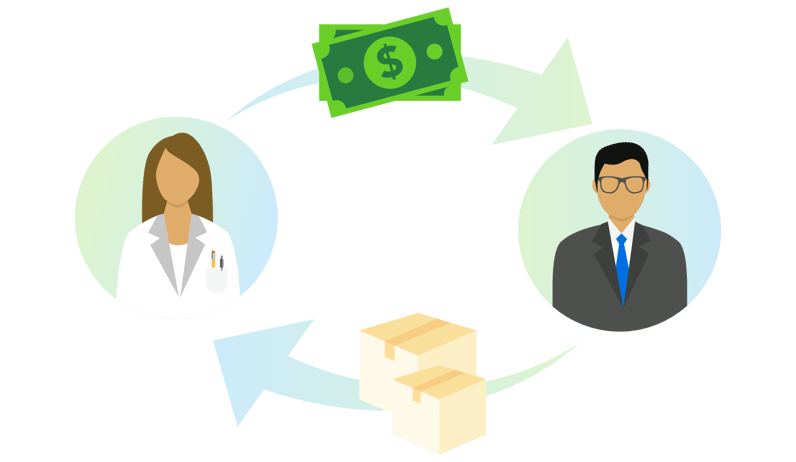Although the modern e-commerce marketplace has evolved to look like a wide range of things, the core function remains the same. An e-commerce marketplace is a website where a buyer can shop for and procure products from multiple vendors all on the same platform. Think Amazon. Search for anything you need and you’re bound to easily find tens, hundreds, or thousands of options for the product and who you buy it from.
There are a few different types of e-commerce marketplaces based on varying business models. Buyer-oriented e-commerce marketplaces focus on helping buyers lower their administrative costs in order to get the best prices from suppliers. Supplier-oriented e-commerce marketplaces are designed to increase supplier visibility in order to establish an efficient sales channel. And independent e-commerce marketplaces are typically B2B platforms operated by a third party that hosts auctions and exchanges.
How can purchasers and procurement teams save time by using marketplaces?
While e-commerce marketplaces are a key platform for organizations to sell their goods and services, they also help purchasers and procurement teams get the best deals while saving themselves a lot of time.
Manual procurement is scarcely sought out in modern transactional spheres anymore due in large part to how much time can now be saved through using e-commerce marketplaces. Online marketplaces streamline the procurement process through one portal, therefore bypassing the otherwise tedious process of manual purchasing.
Scientists don’t have time to spend hours researching, purchasing, and tracking lab supplies.Thanks to e-commerce marketplaces, you no longer need to source or solicit products for evaluation yourself or individually compare products from different vendors. Instead, the e-commerce marketplace will have already done the sourcing and comparison for you, leaving you to sit back and relax while you browse.
The Benefits of eCommerce Marketplaces
There are many benefits of utilizing an e-commerce marketplace, for both buyers and sellers.
Benefits of eCommerce Marketplaces for Buyers
- Buyers are exposed to a far wider variety of product options than if they were to shop at a single website.
- Buyers are more easily able to find the most reasonably priced product... quickly.
- Many search functions in PunchOut systems are outdated and less sophisticated. This causes frustration for scientists and lab managers when it takes multiple tries or specific product numbers to find the items they’re looking for.
- Products are available with updated availability options, which makes it easier for buyers to make more educated procurement decisions.
- Buyers can build lasting relationships with established vendors and further streamline their procurement process.
Benefits of eCommerce Marketplaces for Sellers
- More exposure for smaller vendors without established e-commerce platforms of their own.
- Reduced marketing costs and more visibility through alignment with pre-established e-commerce marketplaces and well-known sellers.
- A regular exchange of quotes between vendors, allowing for a maintenance of product standards.
- The platform itself acts as an additional sales and marketing channel for the seller’s entire organization.
- Enables the opportunity for overseas sales by trading in the international e-commerce marketplace.
- An increase in traffic to your products and homepage when you align yourself with a pre-established e-commerce marketplace.
Whether you are looking to obtain or sell products, utilizing an e-commerce marketplace is a key step toward maximizing your exposure to the best products and vendors out there. Using tools that match the modern shopping experience saves researchers time (one week per scientist per year on purchasing lab supplies alone if you’re using ZAGENO). You can turn to specialized e-commerce marketplaces, like ZAGENO for life science products, when you want a streamlined virtual procurement process that you can trust.





